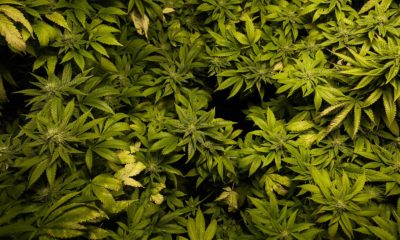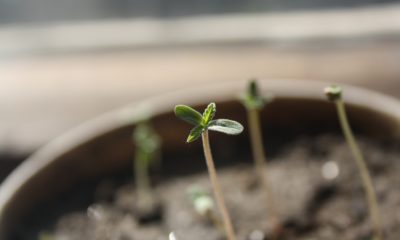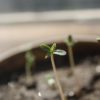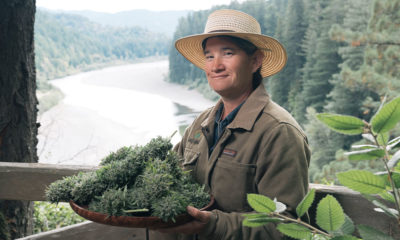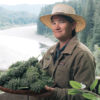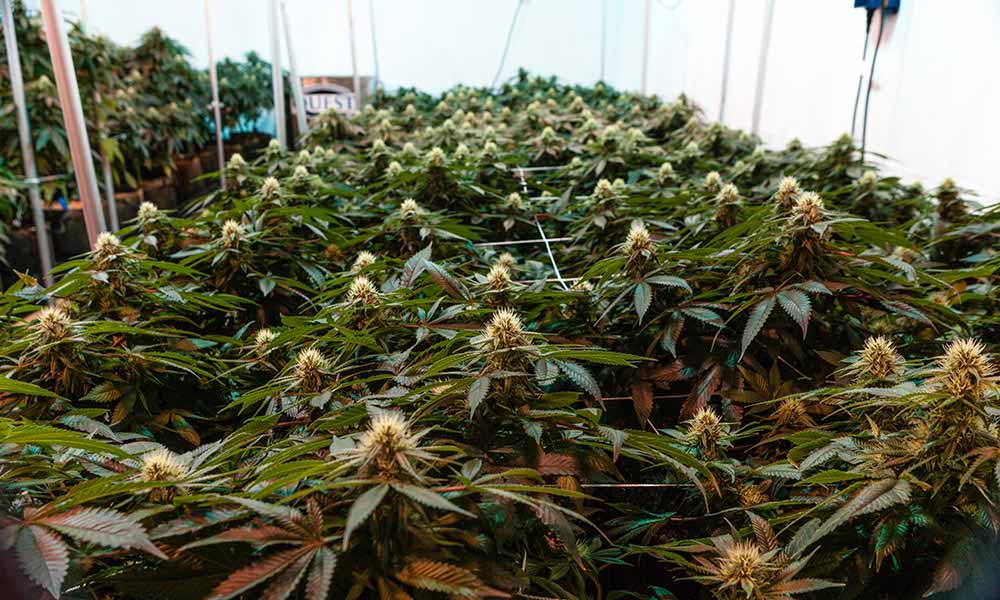
Cultivation
Cultivar: Is This The New Word to Describe Cannabis Strains?
Why we should use the word cultivar as opposed to strain and throw out words like sativa, indica and hybrid.
As cannabis becomes more mainstream its important that we understand how the various types of cannabis affect the body and how these are classified. To begin with, we must clean up our terminology. The word strain is borrowed from microbiology and is used to describe a genetic variant or subtype of a bacteria, fungus or virus. A more appropriate term to use for plants would be cultivar, which refers to cultivated plants.
The word originates directly from the term cultivated variety and is widely used in crop sciences. It is used to describe a subtaxon of a species so, in the case of cannabis, that would be applicable to describing the various crosses breeders make today. Usually, a cultivar is regenerated from a clone, but that is not always the case with all forms of agriculture. In many instances seeds are used, however, due to the amateur nature of most breeding projects and lack of resources, you will typically find many variations or phenotypes. In more mature agricultural industries, you will find that seeds breed true, meaning that you will get 100 percent uniformity in your crops.
I would also propose a re-examination of the terms sativa, indica and hybrid. From a purely morphological perspective, the best terms to use are thin-leaf drug varietal and broadleaf drug varietal to describe what were formerly indicas and sativas that had more than 0.3 percent THCA. This, however, is only a start and uses leaf morphology as a defining characteristic. Instead of looking at these terms as a form of classification for effects we should, in fact, be looking at each individual plant’s chemical profiles and grouping them according to cannabinoids and terpenes. Those are the factors that actually mitigate the high, the chemical fingerprints of each cultivar.
Because the plant has been so outcrossed and intermixed relying on terpenes and cannabinoids would offer both medical and recreational users a better view of how each cultivar actually affected them. As we know, the high is modulated by the synergy that the terpenes have with the cannabinoids. This, according to researchers like Ethan Russo, is what makes the plant and its constituents so special.
Cultivar Classification
To come back to the classification debate I propose looking into this aspect of the plant as a way to categorize cultivars. In his article “Cannabis – From Cultivar to Chemovar,” Dr. Arno Hazekamp proposes that cannabis is a monotypic species of cannabis sativa however, there are more than 700 varieties within that species. By looking at over 26 combined cannabinoids and terpenes Dr. Hazekamp was able to accurately classify two different samples acquired from a coffee shop and compare them to several of the Dutch pharmaceutical cultivars. He concluded that using their chemical footprints he could accurately group the different samples together.
Another scientist in Europe, Etienne De Meijer from GW Pharmaceuticals in the UK, proposed five different cannabis types based on the relative content of three major cannabinoids (THCA, CBDA, CBGA). This, however, misses out on the terpenes, which as we know, have a modulating effect on the cannabinoids and are the components that largely dictate the direction of the effect. Without this key defining aspect of the plant, it would be impossible to accurately predict effects. By using these chemical fingerprints we could more accurately group plants into effect-based categories giving consumers a clearer picture of how they will experience their highs. We would still need to look at people’s individual DNA as that too effects how the cannabis they consume effects them, but at least this new form of classification would be a more accurate way to describe various subtypes rather the conventional sativa or indica or hybrid.
Another interesting additional means of classification will be to examine flavonoids. These pigment based molecules were shown in a ’70s thesis to accurately separate what back then would have been sativas from indicas. This thesis written by Murray Nelson Clark for his graduate degree from UBC found that the flavonoid luteolin was a clear marker for the long flowering thin-leaf drug varietals also known as a sativas. This paper was written in 1975 and the accessions he used or genetic samples were from plants that would have been as close to un-hybridized plant cultivars as existed back then. They included ruderalis samples, samples from South Africa and Cambodia and also ones from the University of Mississippi. In his tests, the plats that had a thin leaf morphology contained luteolin at a rate of 99.9 percent of the samples. This led him to conclude that this was a defining indicator of what they knew to be sativa-dominant plants at the time.
As our industry matures we will see a shift in terminology and will also grow up to describe our plants as cultivars based on very scientific chemical footprints. This will ensure that our patients and recreational users will be able to perfectly dial in the effects or relief they are looking for.
TELL US, how do you choose your cannabis?







